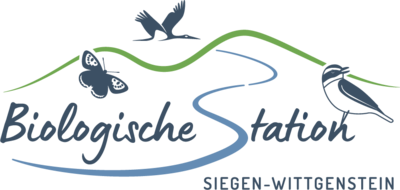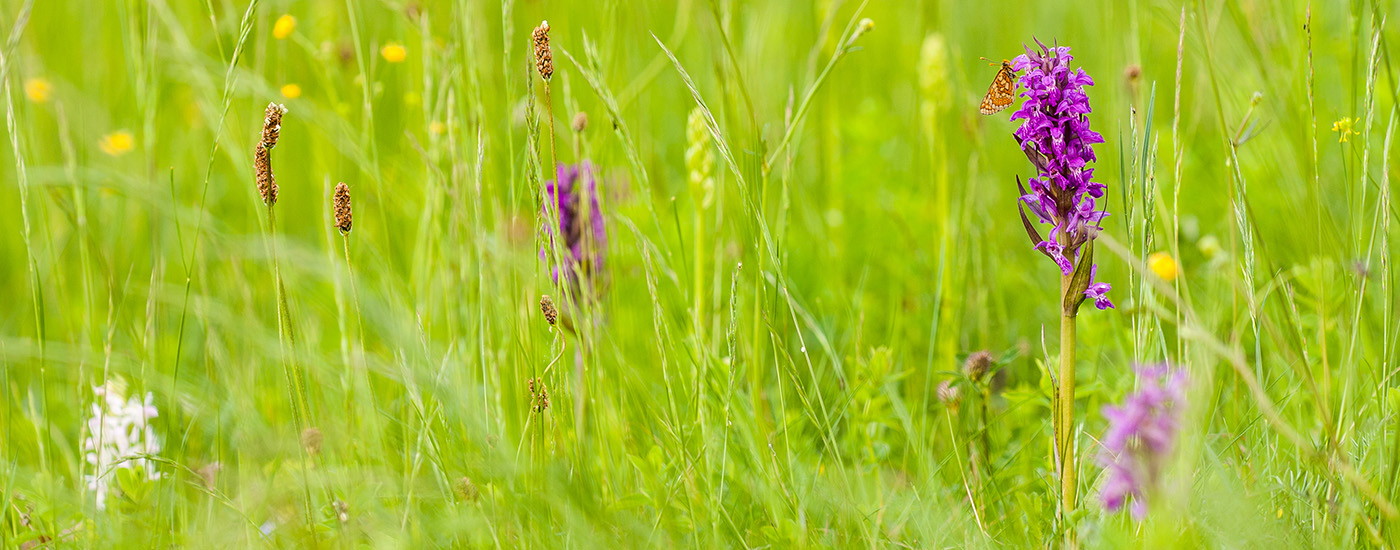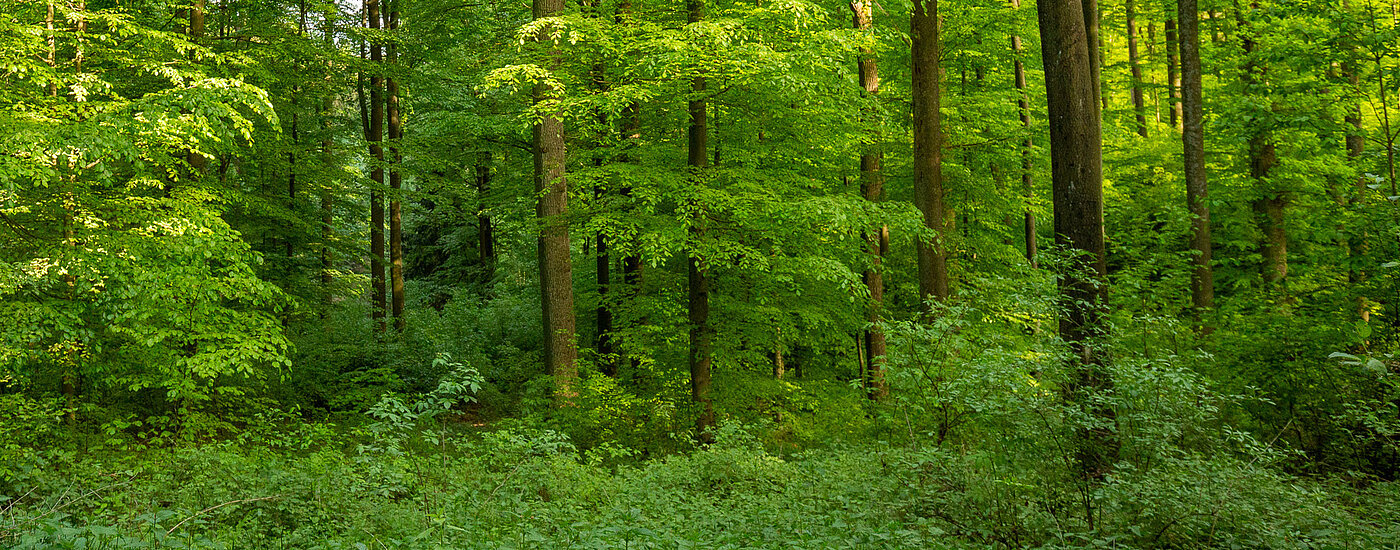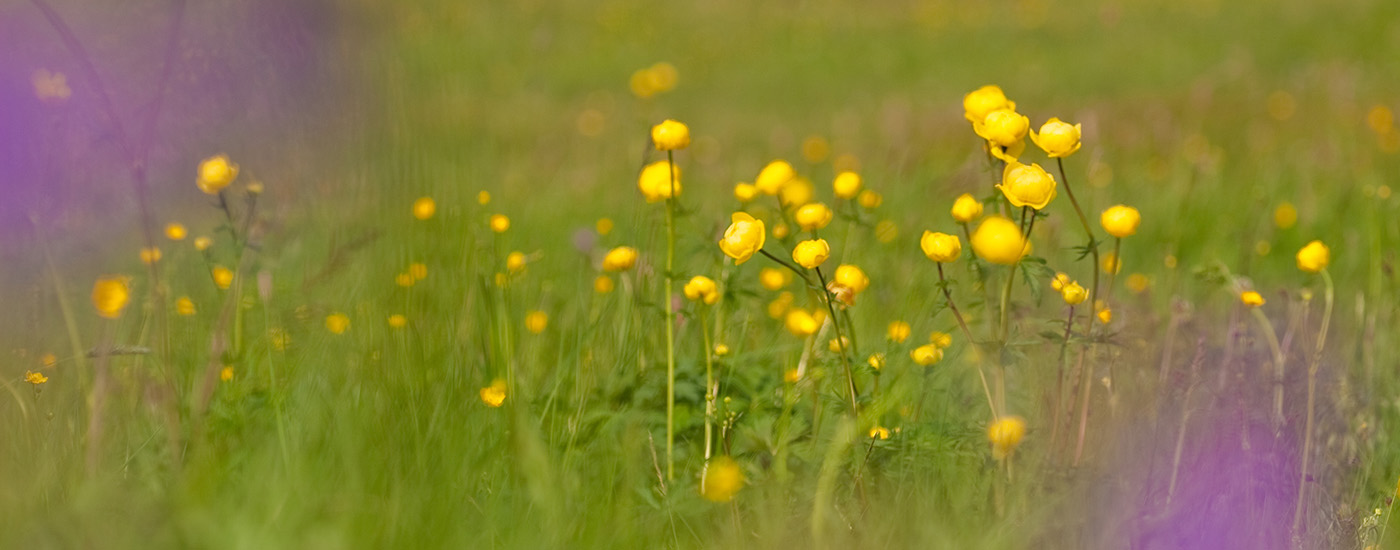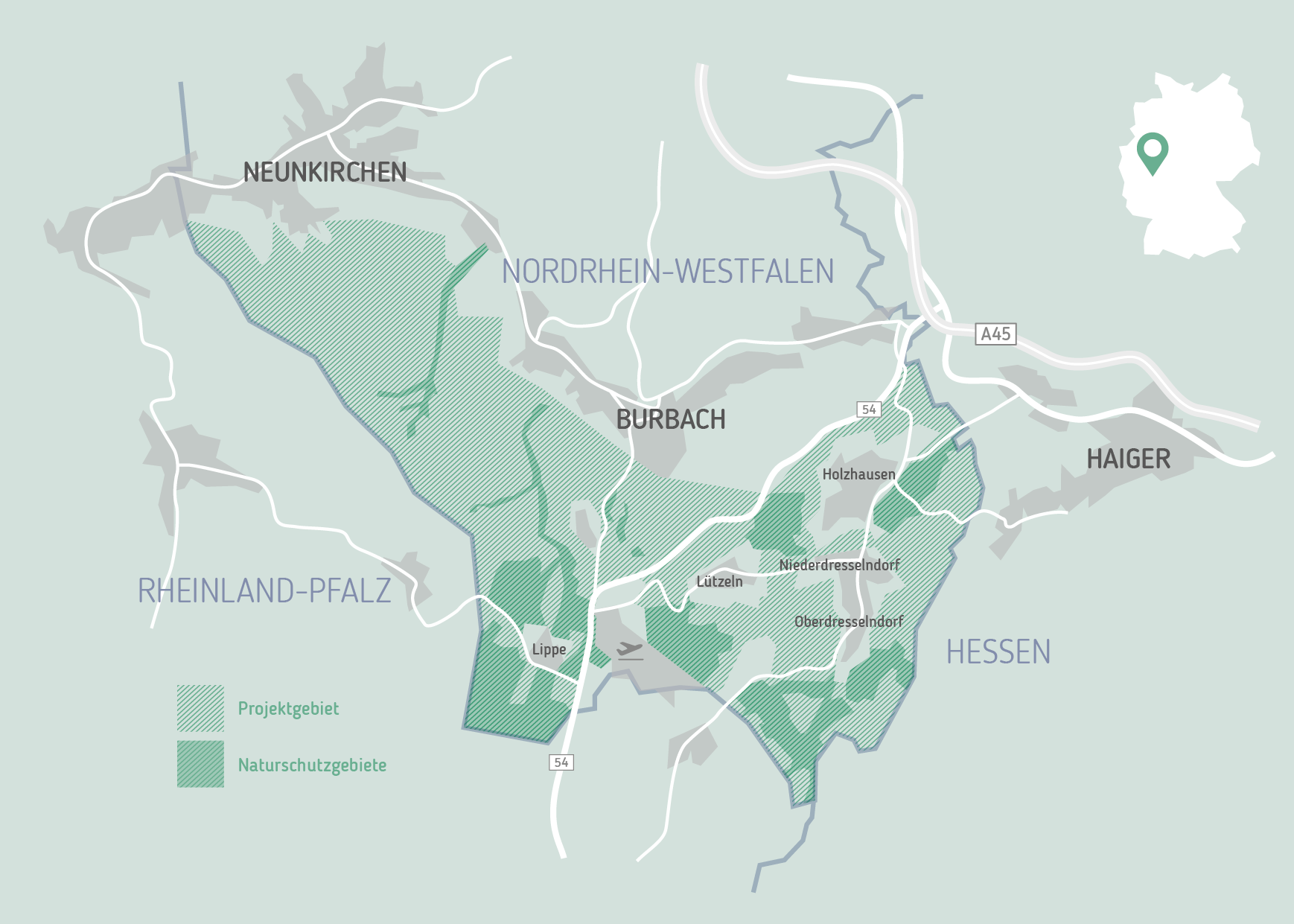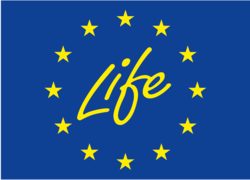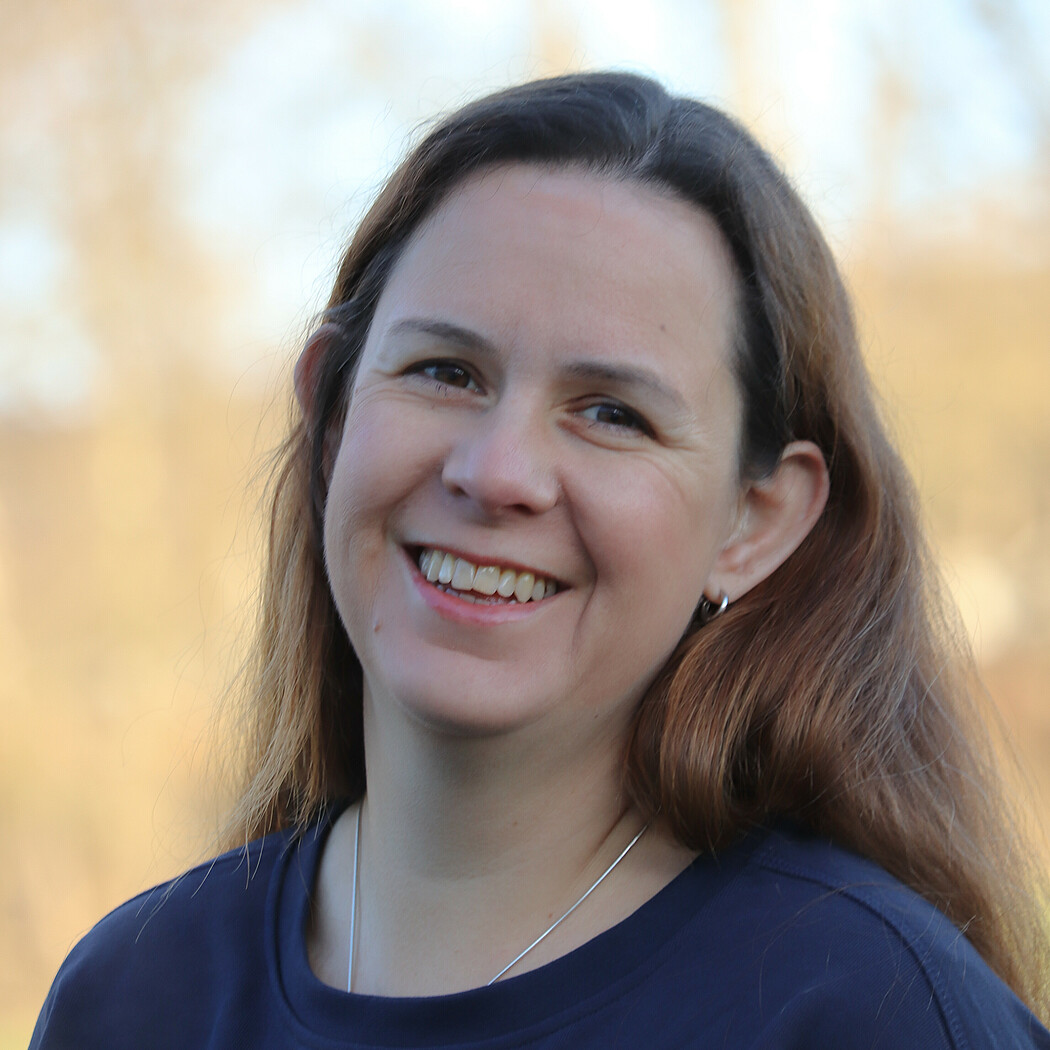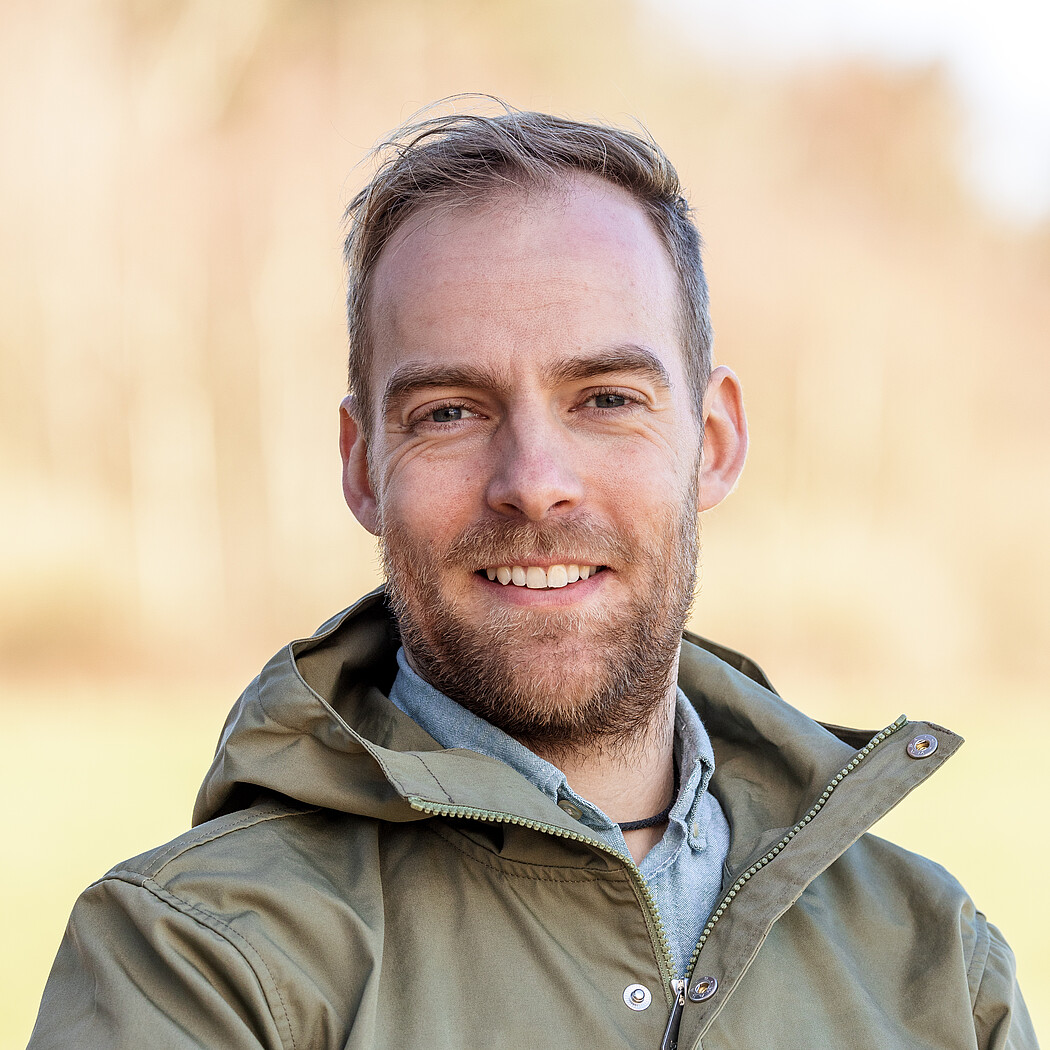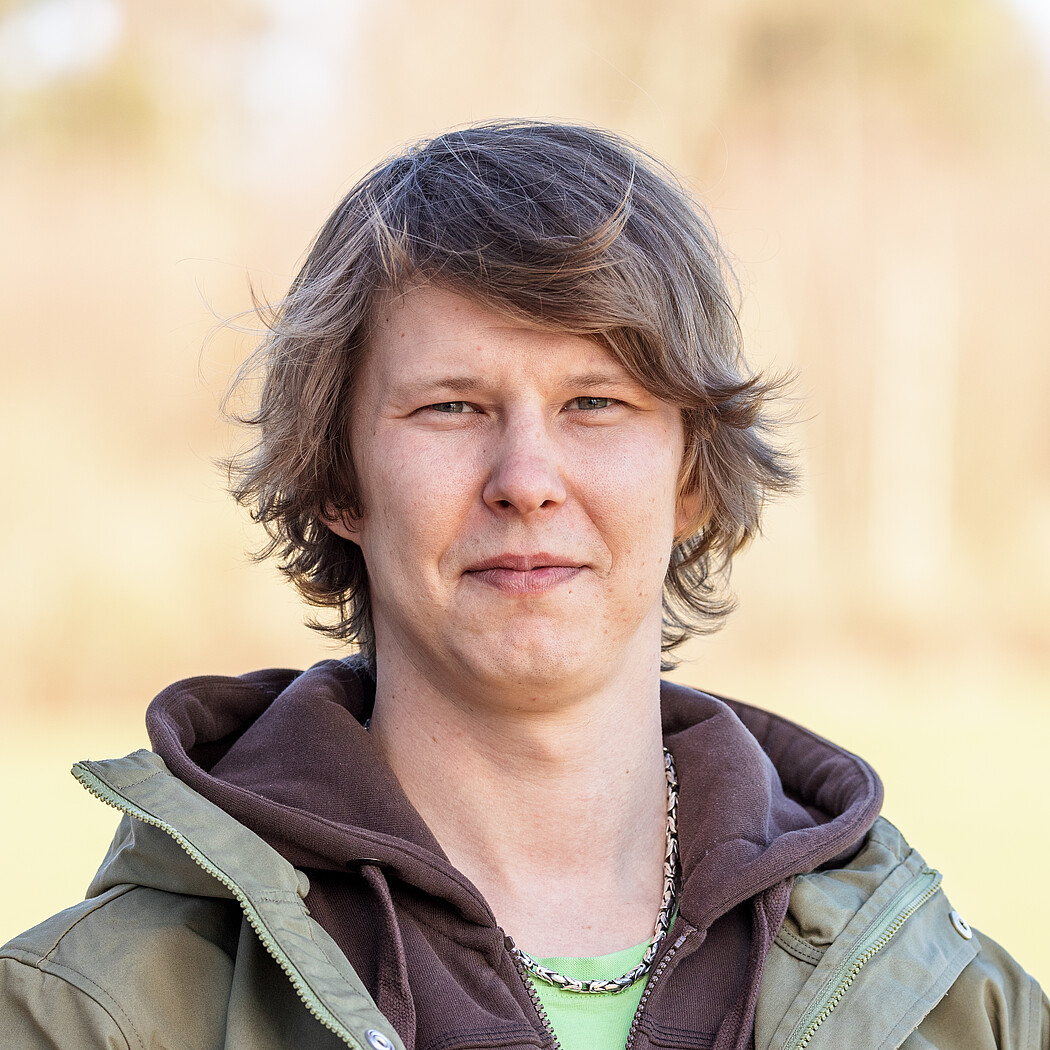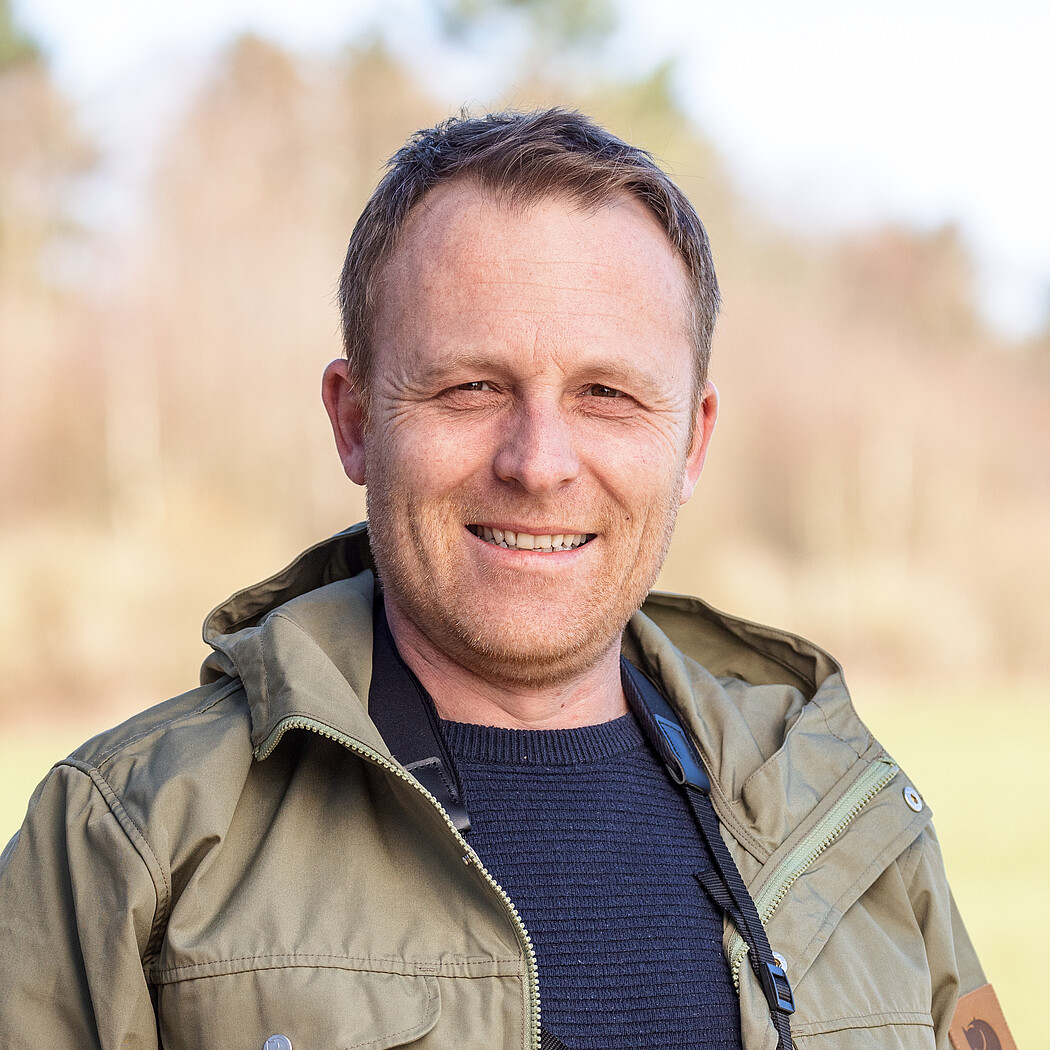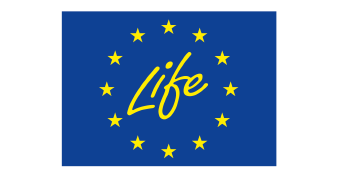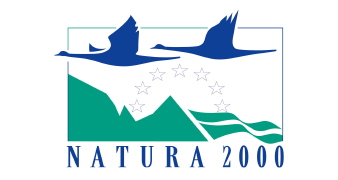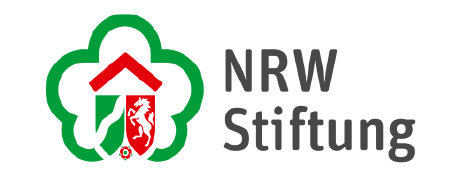About the project
Within this six-year project, a variety of measures will be implemented with the aim to promote different valuable species and habitats within the EU Special Protected Area "Wälder und Wiesen bei Burbach und Neunkirchen" (DE 5214-401). Protected within the EU-wide Natura 2000 network, the area is home to a variety of habitats for forest and grassland birds, but also many other rare species such as the violet copper. Within the forested areas, the project aims to promote deciduous forests with particular focus on the preservation of old-growth forest and nesting trees with breeding cavities. These measures are intended to benefit the three different woodpecker species, the Red Kite and various co-occurring species.
This project further aims to conserve historical forms of forest usage such as coppice with standards and so-called “middle forests”. Apart from forests, the conservation of species-rich extensive grassland (i.e., meadows and pastures) with a focus on insect diversity will be promoted. As flagship species, the two rare butterfly species, the Violet Copper and the Marsh Fritillary will be promoted by connecting isolated populations within the EU Special Protected Area and by re-introducing the latter species in the region. In addition to that, grassland bird species - especially the whinchat – will also benefit from the planned measures.
Project sponsor
This project is executed by the Biological Station Siegen-Wittgenstein, one of 40 Biological Stations in North-Rhine Westphalia. The Biological Station was founded in 1990 by the "Verein zur Förderung der Zusammenarbeit zwischen Naturschutz und Landwirtschaft im Kreis Siegen-Wittgenstein e.V." with the purpose to conserve valuable habitats for especially rare and endangered animal and plant species. Together with local land users, the character of the diverse cultural landscapes of the Siegerland should be maintained. The Biological Station Siegen-Wittgenstein has five main areas of responsibility, which are:
- Protected area management
- Technical supervision of the program for maintenance of cultural landscape (KULAP)
- Species conservation
- Scientific and advisory tasks
- Nature and environment-related public relations and educational work

